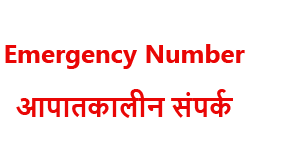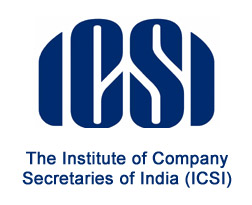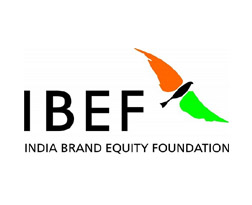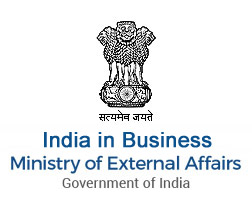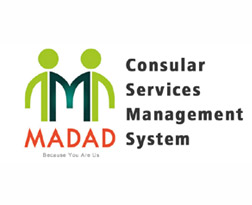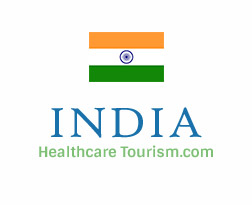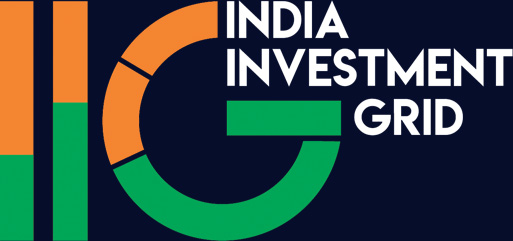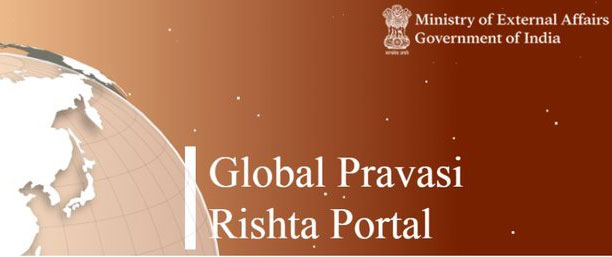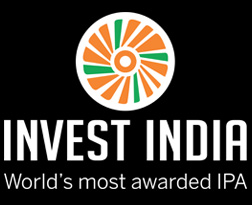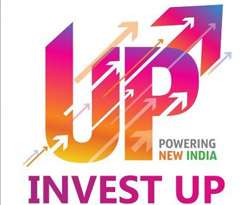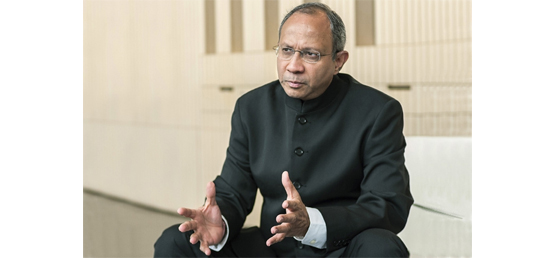 1. Mr. Pankaj Saran, the Russia-India relationship is gaining momentum over the past few years. This year marks the 70th anniversary of the establishment of diplomatic relations between our two countries. How do you generally assess the cooperation between Russia and India? In your perspective, in what direction should both countries move, given the emerging situation in the world arena?
1. Mr. Pankaj Saran, the Russia-India relationship is gaining momentum over the past few years. This year marks the 70th anniversary of the establishment of diplomatic relations between our two countries. How do you generally assess the cooperation between Russia and India? In your perspective, in what direction should both countries move, given the emerging situation in the world arena?
Russia- India relations are now witnessing their 70th year. They are based on time-tested friendship and mutual trust. Both countries are committed to their "strategic and privileged " strategic relationship. Our relationship has been one constant in an otherwise changing world scenario. They have grown from strength to strength and today encompass all areas of human endeavour.
The St.Petersburg Declaration issued after the visit of Prime Minister Narendra Modi to Russia on June 1, 2017 contains a detailed blueprint for our relations in the 21st century. It is an ambitious and comprehensive document. We intend to move on all fronts and in all sectors with Russia, bilaterally, regionally and globally.
We will play special focus to strengthening the economic pillar of our partnership. We are working on increasing the volume of trade, investment, joint production and connectivity. This includes lifting of barriers and encouraging greater interaction between our business communities. There are vast opportunities for growth.
We are also working on enhancing economic ties between Indian States and Russian regions. A new stage in this direction was reached when Prime Minister Narendra Modi met a group of Governors at SPIEF 2017 for the first time.
Similarly, we are focused on enhancing our cultural ties, with special focus on the younger generation.
2. What is the volume of trade turnover between our countries at half-year end? Is there any upward trend? What do you think about why there are such modest figures on the trade turnover between our countries, despite the rather warm relationship? How realistic is it to increase it up to $ 30 billion by 2025? What needs to be done for that?
In 2016, our annual trade turnover was USD 7.7 billion dollars. In the first six months of 2017, the value of trade has touched USD 4.15 billion. This is a positive trend as it is higher than the corresponding period last year. It is true that there has been a drop in the total value of trade in the last three years, but this is due to the economic slowdown and exchange rate fluctuation. We should remember that the figure was only USD 2 billion in the year 2000. Since then there has been growth.
Both sides are engaged in efforts to increase the volume of trade. Business and trade bodies are interacting much more with each other through trade Missions, trade fairs and exhibitions. We are encouraging greater interaction between our regions.
We are also working on various policy aspects to facilitate trade. These include the establishment of a “Green Corridor”, expediting the operationalisation of the International North-South Transport Corridor, and negotiating a new Bilateral Investment Protection and Promotion Agreement. We are also discussing phyto-sanitary standards. Our aim is to achieve the trade target of USD 30 billion by 2025.
3. This year, India has been actively taking part in large-scale business events in Russia: SPIEF, Innoprom. The country also plans to take part in the Eastern Economic Forum-2017 in Vladivostok. How would you assess the effect of the held events? What goals did India have at the forums? What tasks has it managed to solve and what of them not? How much have the events strengthened the relationship between our countries? Have new contracts and agreements been signed on the sidelines of the forums? What do they include exactly (the concept of projects, the cost, the amount of investments from both parties, places of their implementation, terms and other parameters)?
Yes, this year has been special. India has participated in all major expositions in Russia – SPIEF, Innoprom, Technoprom and IT Forum. We will also participate in the Eastern Economic Forum in Vladivostok. At SPIEF 2017, India was the Partner Country, and our Prime Minister was the Guest of Honour. We had an impressive pavilion on the “Make in India” theme. There was a meeting of Indian and Russian CEOs which was presided over by our Prime Minister and President Putin at which the Prime Minister announced the creation of an exclusive “Russia Desk” in Invest India to promote Russian investment in India.
These Forums have had multi-dimensional effects on bringing our businesses close to each other and creating opportunities for trade and investment. This is very much part of our policy to encourage direct high level contacts. In addition, a large number of Indian companies are now taking part in many other exhibitions in Russia. Some of these include textiles, food, leather, pharmaceuticals, diamonds and jewellery, light industry, nuclear energy, oil and gas, defence and others.
4. Indian and the EAEU countries have started negotiations on the establishment of a free trade zone (FTA) in terms of SPIEF. What is the concept of the idea? What advantages and prospects does the FTA offer? What markets will be opened and for whom will they be meant? What is the worth of the market potential?
India enjoys friendly and close relations with all members of the EaEU. In 2015, India and the EaEU decided to set up a Joint Study Group to examine the feasibility of a Free Trade Agreement. The study was concluded and endorsed by both sides in late 2016. It has concluded that the potential for increase in trade between India and EaEU countries as a result of an FTA is between USD 37 to USD62 billion. An FTA will give access to both sides to their large markets and contribute to overall growth. The first round of negotiations is scheduled to be held in September 2017 in India. So obviously, there are gains to be made by both sides and we eagerly look forward to commencement of the negotiations.
5. Same questions can be attributed to the country's entry into SCO: what are goals, reasons for joining, advantages and prospects of it? What do you expect from these unions? Correct us, if we are wrong: rapprochement with the mentioned organizations may be considered as the country’s active integration into the global world economy and politics. What steps will India take in terms of this integration due to accession and rapprochement with these organizations? How will India's position change on the world stage, in your opinion?
From the regional and global perspective, the SCO is one of the main pillars of peace and security. India has become a full member of SCO after 12 years of Observership. But even before this, we have had a historic relationship with all countries. Energy, education, agriculture, security, minerals, capacity building, development partnership, trade and investment are the major drivers of our policy. Connectivity with SCO countries is also India’s priority, based on respect for sovereignty and regional integrity. India-SCO cooperation will also provide a new direction and strength to the fight against terrorism. India is ready and committed for an active and positive engagement with SCO.
6. What will India bring to the Eastern Economic Forum? Who will be included in the Indian delegation? What events are planned and what do you expect of the forum this year? Are there any new projects you’d like to present in order to attract Russian business for their realization?
We look forward to participating in the third Eastern Economic Forum. We are expecting a very high level Indian official delegation consisting of the External Affairs Minister Smt. Sushma Swaraj and the Minister of State (Independent Charge) for Commerce and Industry Smt. Nirmala Sitharaman. This indicates the importance India attaches to the Russian Far East and prospects for greater cooperation between India and this region. In addition there will be a business delegation representing different sectors. There will be an exclusive India-Russia Business Dialogue, besides which we will participate in other Panel discussions.
India was among the first countries to establish a Consulate in Vladivostok 25 years ago in 1992. Many of the regional Governors have visited India in recent years and are keen to establish trade and investment relations. The Eastern Economic Forum presents an ideal platform to help our business leaders understand the immense economic wealth of the Far East and identify opportunities for collaboration. We already have significant investments in the Sakhalin I oilfield and Indian diamond companies have presence in Sakha Republic.
7. How do you think, what is interesting for India in our Far East? In which sectors could India cooperate with this region, one of the largest and richest in Russia? Does India consider the special economic zones that were created in the Far Eastern Federal District to attract investors?
The Deputy Prime Minister and Presidential Envoy to the Far Eastern Federal District H.E. Mr. Yuri Trutnev had paid his first visit to India in March 2017 where several areas of cooperation were discussed.
The Far East is extremely rich in natural resources, minerals, land and water. India is a rapidly growing economy and there are vast complementaries. The sectors of interest to us include shipbuilding and repair, fisheries, timber, coal, mineral exploration and processing, oil and gas, diamonds, pharmaceuticals, agriculture, food processing and tourism. The Free Port of Vladivostok is an attractive destination for Indian investors. We welcome the decision of the Russian Government to include India in the list of countries which would be eligible for simplified electronic visas for the Far East. This will enable better awareness about opportunities in that region and will encourage more visitors from India.
8. How willingly does the large Russian business invest in the Indian economy, in your estimate? Does the ‘Make in India’ program cope with its tasks in this regard?
Russian interest in investing in India is definitely growing. We see many more business delegations visiting India. There are concrete examples in the areas of defence manufacturing, nuclear power, transport, butyl rubber, among others. There are many other opportunities in the field of civil aviation, pipelines, infrastructure, inland waterways, railways, media and communications.
In the end of August, Rosneft concluded a deal to acquire the Indian company ESSAR which is worth USD 12.9 billion. This is a major landmark as it is Russia’s largest foreign investment and India’s largest FDI. It represents a new era of cooperation and integration of our economies, and shows the huge potential for the future.
As I mentioned earlier, we have established an exclusive “Russia Desk” in Invest India to facilitate and promote Russian investments. This will be formally launched during the Eastern Economic Forum.
We have created two investment funds with RDIF and Rusnano and the Natural Investment and Infrastructure Fund of India to identify and promote joint investments. Srei Infrastructure Finance Limited has signed an MoU with Vnesheconombank to create a USD 200 million IT and Innovation Fund. These sectors, alongwith high technologies are equally promising fields.
Indian companies have similarly invested in Russia. Last year in 2017 Indian oil companies invested USD 5.5 billion in Russian oilfields.
All in all, the last few years have seen a significant growth in investments in both directions which is a very encouraging sign.
*******





